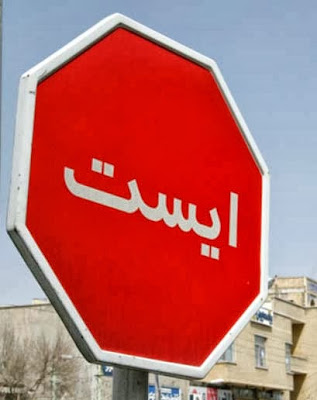A logo is often a viewer’s first impression; therefore it is
essential that it represent its company accurately and quickly.
Your logo should signify what you’re selling. What is your
product? I’m not asking whether it’s a radio or a can of soup or a cleaning
service. I’m asking you to think about your mission statement and the image of
your product. For instance, if it’s a radio, would that be a sleek,
sophisticated radio that fits in a business-suit pocket? Or a utilitarian,
large-sized box that can be hand-wound during a power cut or when you’re
camping in the woods? Is your cleaning service an upscale Persian-carpet
cleaner? Or a sterilizer of hospital equipment? You see how many variables
there are? A logo should reflect the vein of a specific company.
Another aspect of logos is to keep longevity in mind. And
although it is true that companies change over time, often evolving their logos
with them, it’s a good idea to do this slowly, over years, so that consumers
don’t think the product has suddenly disappeared. However, progression of a logo may be
because of reasons other than an expanding firm.
Think of Canon cameras, originally called Kwanon. See the initial logo below.
Follow the progression and you’ll see two reasons for the changes. The first logo, although beautiful, was not scalable (see my earlier post about scalability: “Logos, Icons, Pictograms, Photographs in Social Media”). It also was not a familiar image or name in the western world at the time. Kwanon is the Buddhist Goddess of Mercy – how many people in the West know that now, let alone 70 years ago when this Japanese logo was launched?
Gradually, the name changed, the picture was eliminated and the colour enhanced to a more specific spot colour. Remember from my earlier post, “Colour and Your Brand,” that viewers notice red objects very quickly, and that red symbolizes power and strength. Just about everyone now recognizes the Canon logo in an instant and knows it to represent a reliable camera.
Trivia break: Did
you know that logos have existed for thousands of years? If you think about it
– one thing logos say is “I made this.” And potters in ancient Greece and Egypt
were inscribing their personal marks or initials onto the bottoms of their pots
and bowls since way before the pyramids were built. It was a way to advertise
themselves and their abilities.













